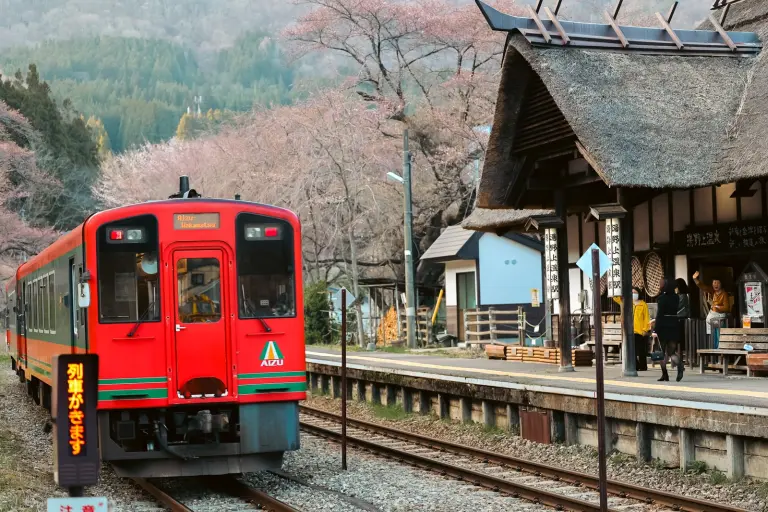Imagine driving through a small mountain village. At first glance, it seems full of life, with residents scattered about. But then you realize something unusual—many of these “people” are not alive at all. They are life-sized dolls, dressed like real villagers and frozen in natural positions.
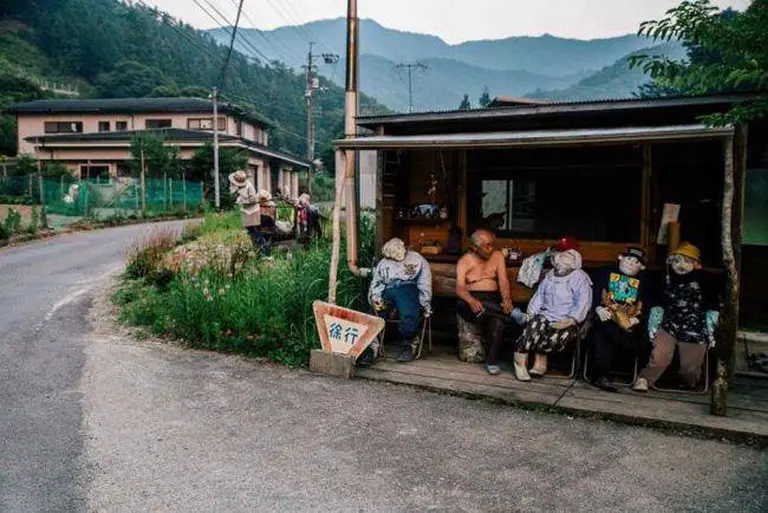
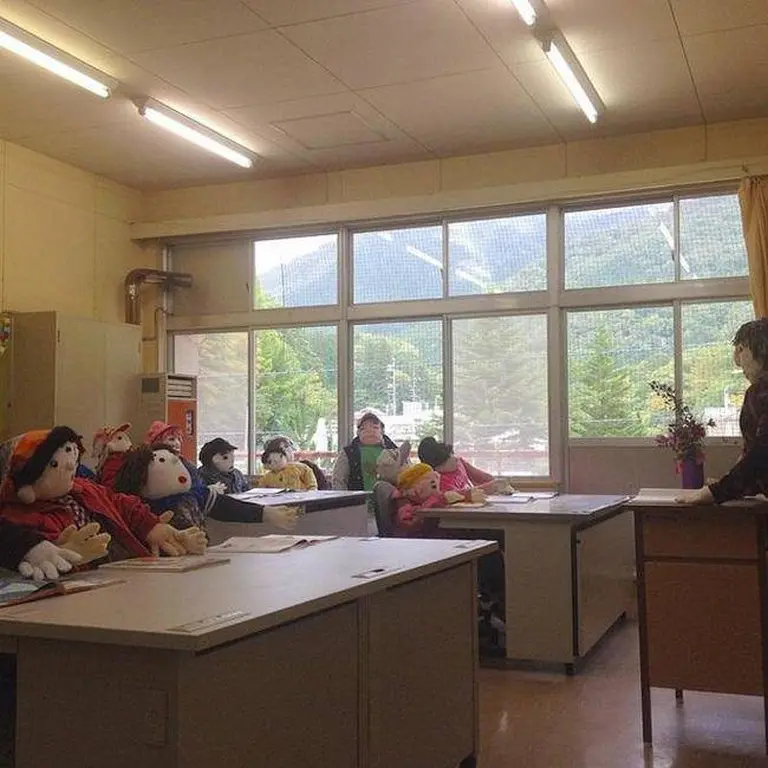
Picture yourself lost on a mountain road or being reassigned to live in such a place. At first, the village looks lively: locals sitting on benches outside their homes, children staring at you from the windows of a school, another child dangling from a tree branch, or a few figures huddled at the bus stop. But soon it becomes clear—they are dolls, not living people.
>> Top 8 haunted places in Japan that will send chills down your spine
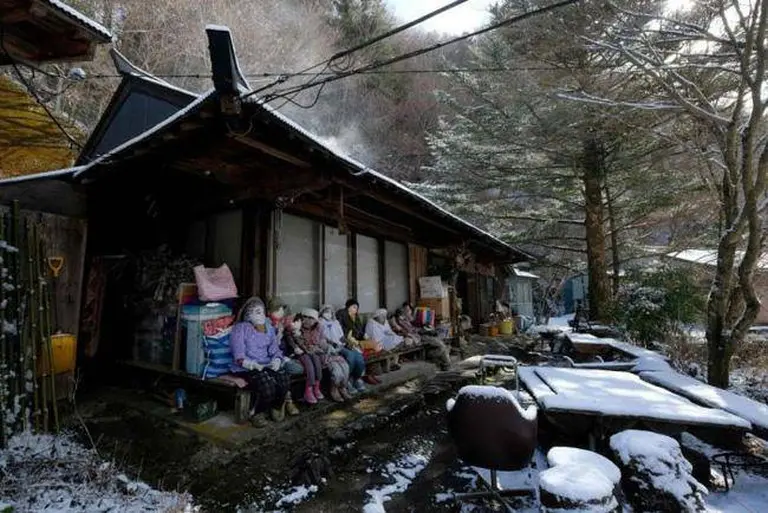
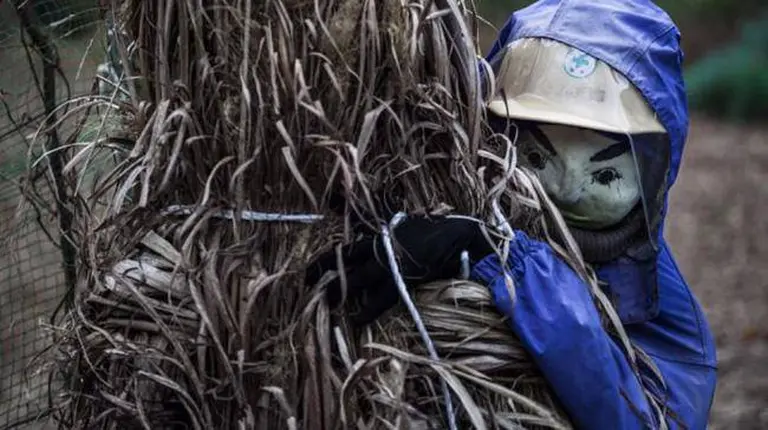
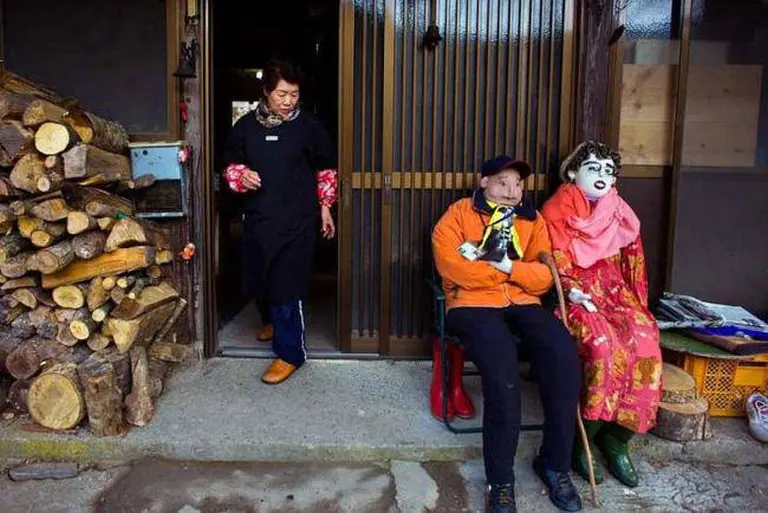
The World’s Most “Lifelike” Village with 300 Doll Residents
This is Nagoro, a village in Japan where most of the population has been replaced by roughly 300 life-sized figures. These dolls are arranged in everyday scenes, giving the impression of a community still bustling with activity.
What would you do if you encountered such a place? Would you quickly leave this strange setting, or would you wait, half-expecting one of the figures to suddenly rise, walk toward you, and wave in greeting?
>> Self-Mummification: The sacred journey beyond death you’ve never heard of
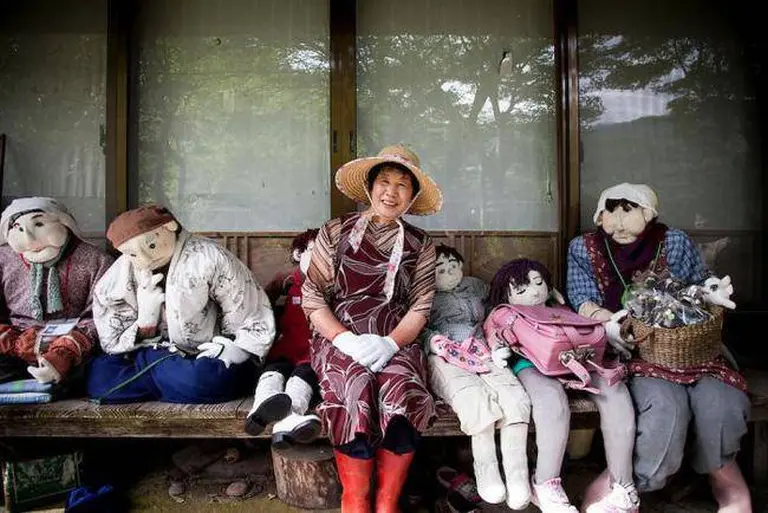

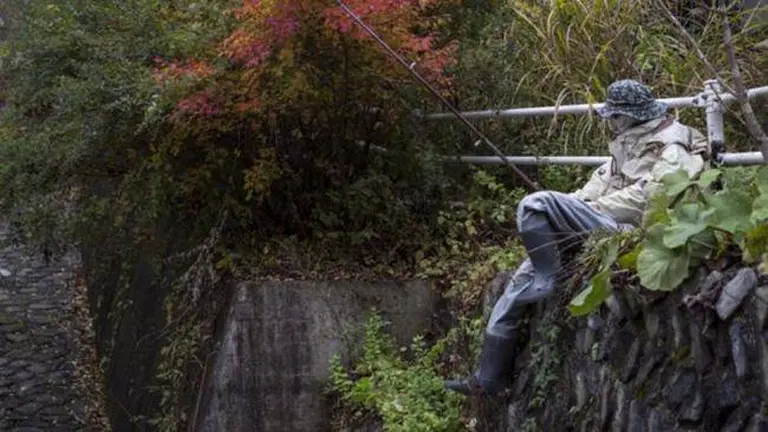
Located on Shikoku Island, Nagoro once had around 350 residents. Today, only about 35 remain. The elderly passed away, and the younger generation moved to the cities. In the midst of this quiet decline, artist Ayano Tsukimi returned to her birthplace. Having lived most of her life in Osaka, she found her childhood village nearly deserted. To cope with the sadness, she began a unique project of “resurrecting” its people.
>> The 3,000-year-old sacred tree at Takeo Shrine, Japan
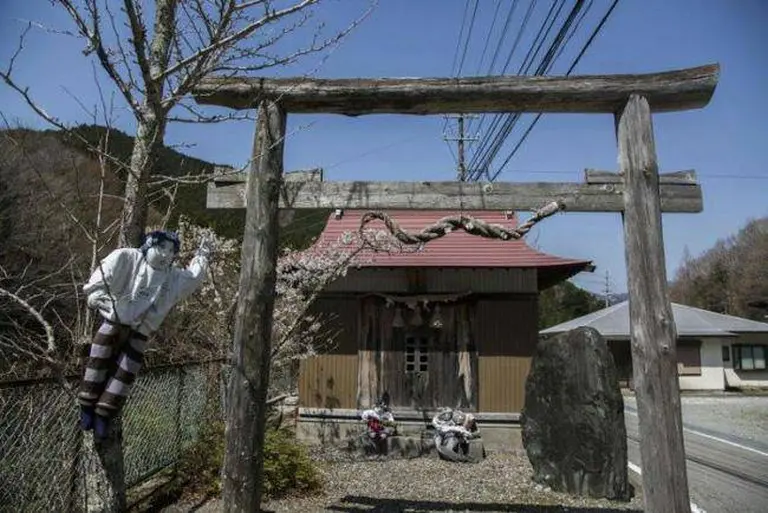

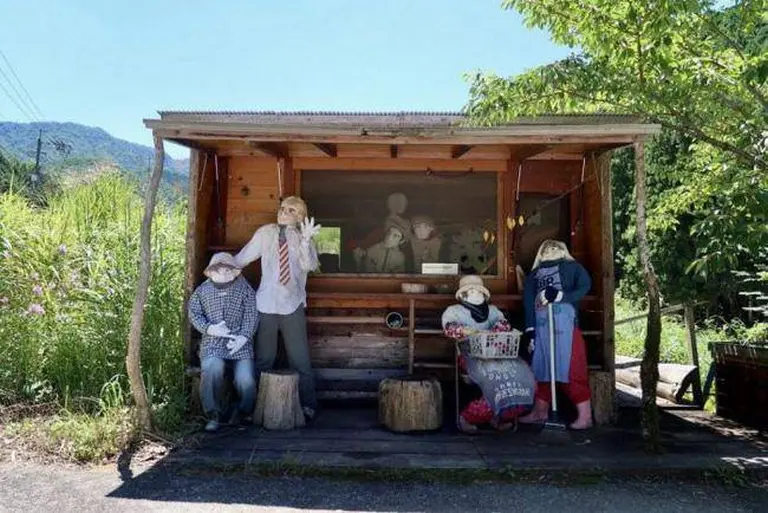
It started with a single doll, modeled after her late father, placed in the garden. From there, Tsukimi decided to recreate other villagers who had either passed away or left. The remaining 34 residents did not oppose her efforts; in fact, some even helped. While the idea may seem strange, for those who stayed behind it carried meaning: “When you die, your likeness will still remain in the village.”
>> An abandoned school swallowed by nature after 47 years – A scene straight out of a Ghibli film
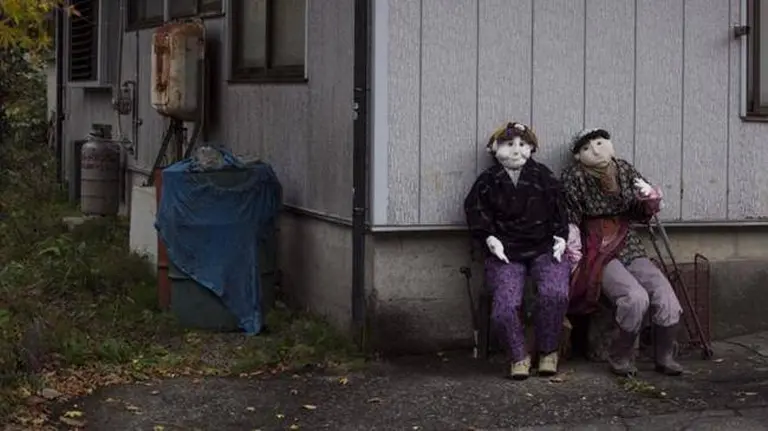
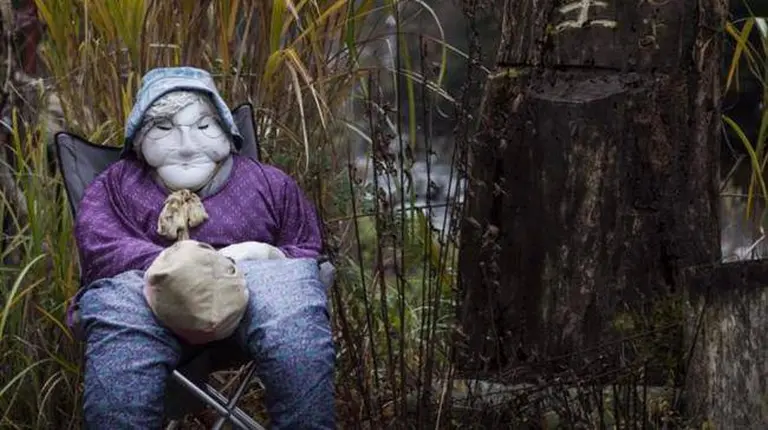
Over time, Nagoro became home to 300 dolls. They depict people in different walks of life: tourists on vacation, fishermen by the river, road workers repairing a street, an electrician climbing a pole. Some of the eeriest, however, are dolls of children playing hide-and-seek or wandering through abandoned fields.
From an almost-forgotten settlement, Nagoro has turned into a curious tourist attraction. Yet Ayano herself seems less enthusiastic about this fame. For her, the dolls are companions—familiar presences she prefers over the stream of visitors.
>> Nagatani village, Japan: The ghost hamlet that refused to drown
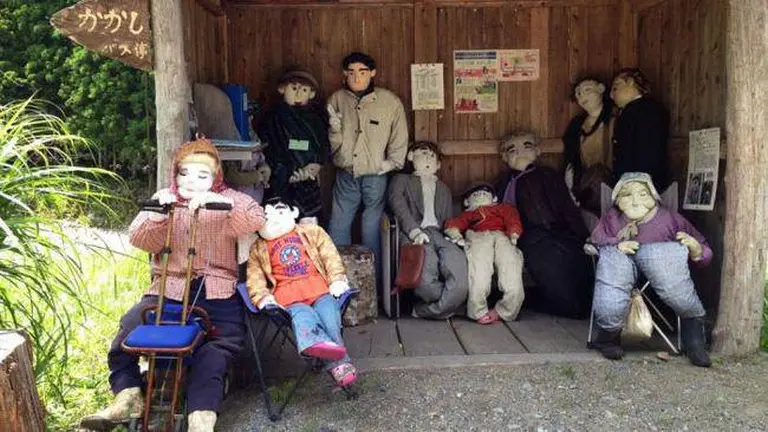
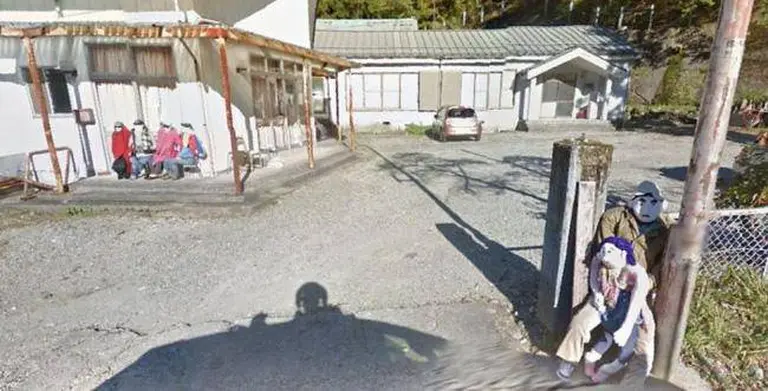
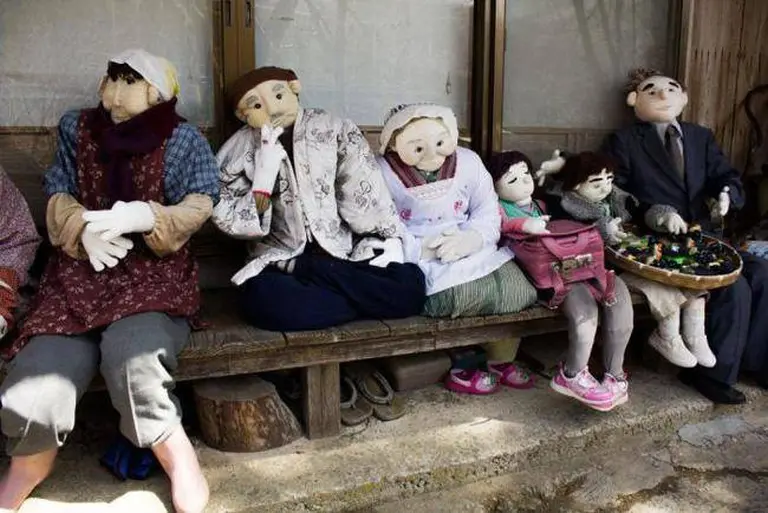
For travelers, this unusual village is less about fear and more about perspective. It shows how creativity and tradition can transform a remote community into something truly memorable. Whether you find it curious, artistic, or slightly eerie, visiting such a place is ultimately about embracing unique stories that make each journey different.
>> Battleship island: The strange legacy and dark history of Hashima, Japan




